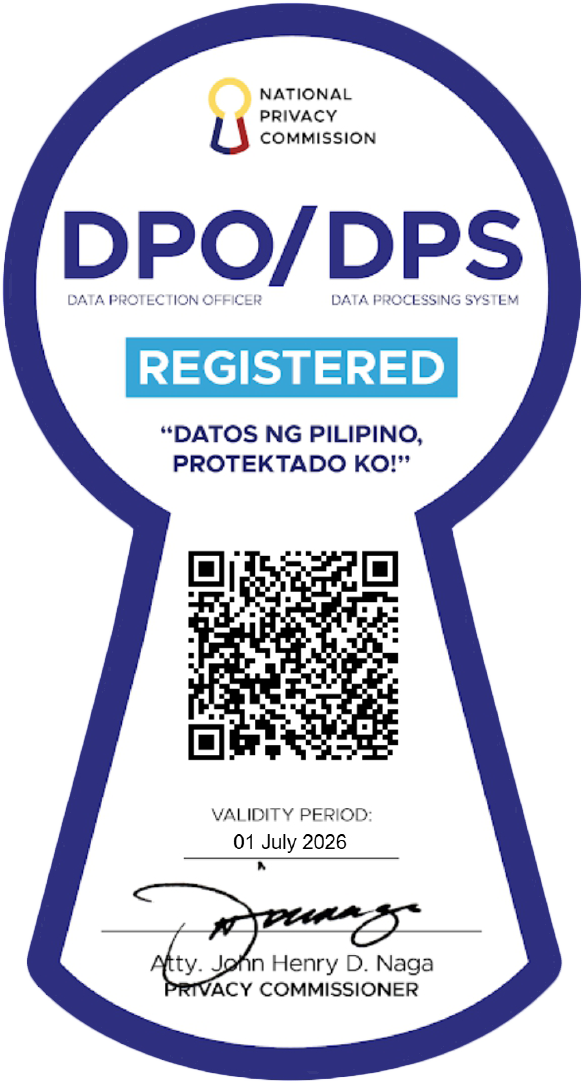Rats on LSD helping science unlock secrets of consciousness
ADVERTISEMENT

Welcome, Kapamilya! We use cookies to improve your browsing experience. Continuing to use this site means you agree to our use of cookies. Tell me more!
Rats on LSD helping science unlock secrets of consciousness
Reuters
Published Nov 16, 2023 09:47 PM PHT
|
Updated Nov 16, 2023 10:10 PM PHT

Stream All the Feels Only on iWant.ph. Get the app and hit subscribe on Google Play, Apple Store.
Stream All the Feels Only on iWant.ph. Get the app and hit subscribe on Google Play, Apple Store.
Mind-altering substances, more commonly associated with the hippy movement of the 1960s, are now helping Swedish scientists unlock the mysteries of the brain.
Mind-altering substances, more commonly associated with the hippy movement of the 1960s, are now helping Swedish scientists unlock the mysteries of the brain.
Scientists have been exploring the effects of psychedelics and amphetamines on rats’ brain activity in experiments that could help to explore where consciousness starts in the brain and provide clues to treat neurological disorders.
Scientists have been exploring the effects of psychedelics and amphetamines on rats’ brain activity in experiments that could help to explore where consciousness starts in the brain and provide clues to treat neurological disorders.
Researchers from Sweden’s University of Lund spent seven years testing drugs such as LSD and ketamine on rats and then monitoring activity in neurons in different parts of their brains as they performed basic activities, such as walking around an enclosure, and comparing the activity to when they did the same exercise without the influence of the drugs.
Researchers from Sweden’s University of Lund spent seven years testing drugs such as LSD and ketamine on rats and then monitoring activity in neurons in different parts of their brains as they performed basic activities, such as walking around an enclosure, and comparing the activity to when they did the same exercise without the influence of the drugs.
Ketamine is notorious party drug that is also a horse and cat tranquilizer, while LSD -- lysergic acid diethylamide -- became the favored drug of the 1960s counter-culture.
Ketamine is notorious party drug that is also a horse and cat tranquilizer, while LSD -- lysergic acid diethylamide -- became the favored drug of the 1960s counter-culture.
ADVERTISEMENT
Using electrodes inserted into the rats’ brains under anesthesia, and monitoring electrical signals from 128 areas in the brains of the awake mammals, the researchers found synchronization in neurons in several different areas of the brain.
Using electrodes inserted into the rats’ brains under anesthesia, and monitoring electrical signals from 128 areas in the brains of the awake mammals, the researchers found synchronization in neurons in several different areas of the brain.
Per Halje, researcher in integrative neurophysiology at Lund University, said that this synchronizations could be disturbing the normal way different parts of the brain communicate with one another, something that could play a role in providing models for psychoses.
Per Halje, researcher in integrative neurophysiology at Lund University, said that this synchronizations could be disturbing the normal way different parts of the brain communicate with one another, something that could play a role in providing models for psychoses.
The research could also provide some clues on where consciousness starts in the brain, Halje said, an area of particular relevance with the development of artificial intelligence.
The research could also provide some clues on where consciousness starts in the brain, Halje said, an area of particular relevance with the development of artificial intelligence.
“Before it was perhaps more of a philosophical question, like a fundamental question. But now it actually becomes quite important since we are developing artificial cognitive networks that perhaps also can develop consciousness. We just don't know. And we don't know what to measure, what to look for,” he said.
“Before it was perhaps more of a philosophical question, like a fundamental question. But now it actually becomes quite important since we are developing artificial cognitive networks that perhaps also can develop consciousness. We just don't know. And we don't know what to measure, what to look for,” he said.
“We urgently need a better understanding of how consciousness is generated,” Halje said. — Report from Reuters
“We urgently need a better understanding of how consciousness is generated,” Halje said. — Report from Reuters
ADVERTISEMENT
ADVERTISEMENT


